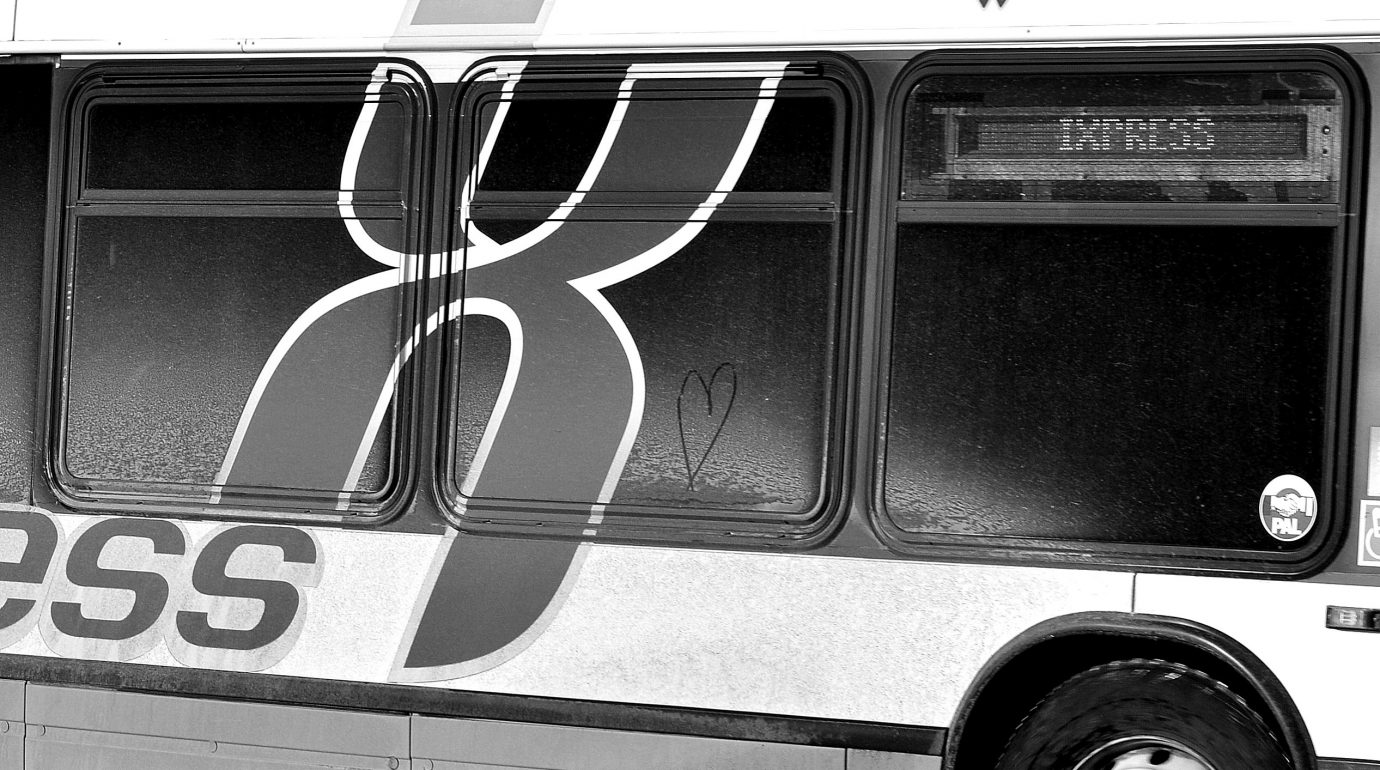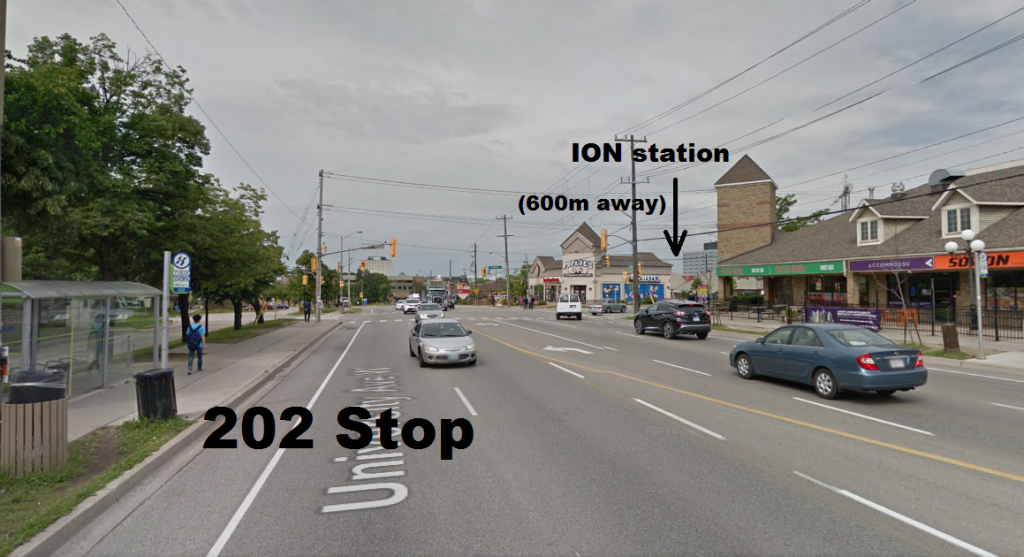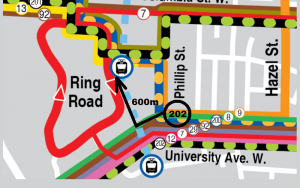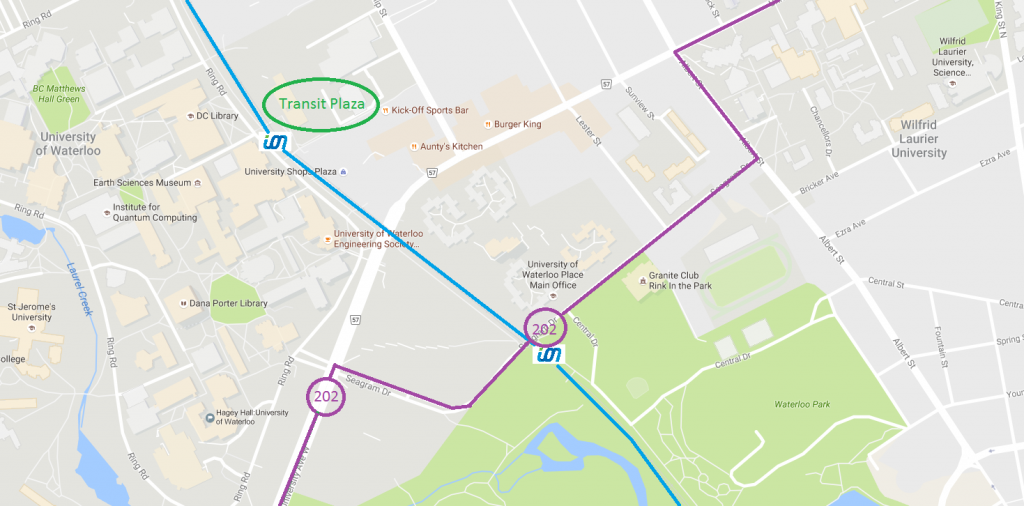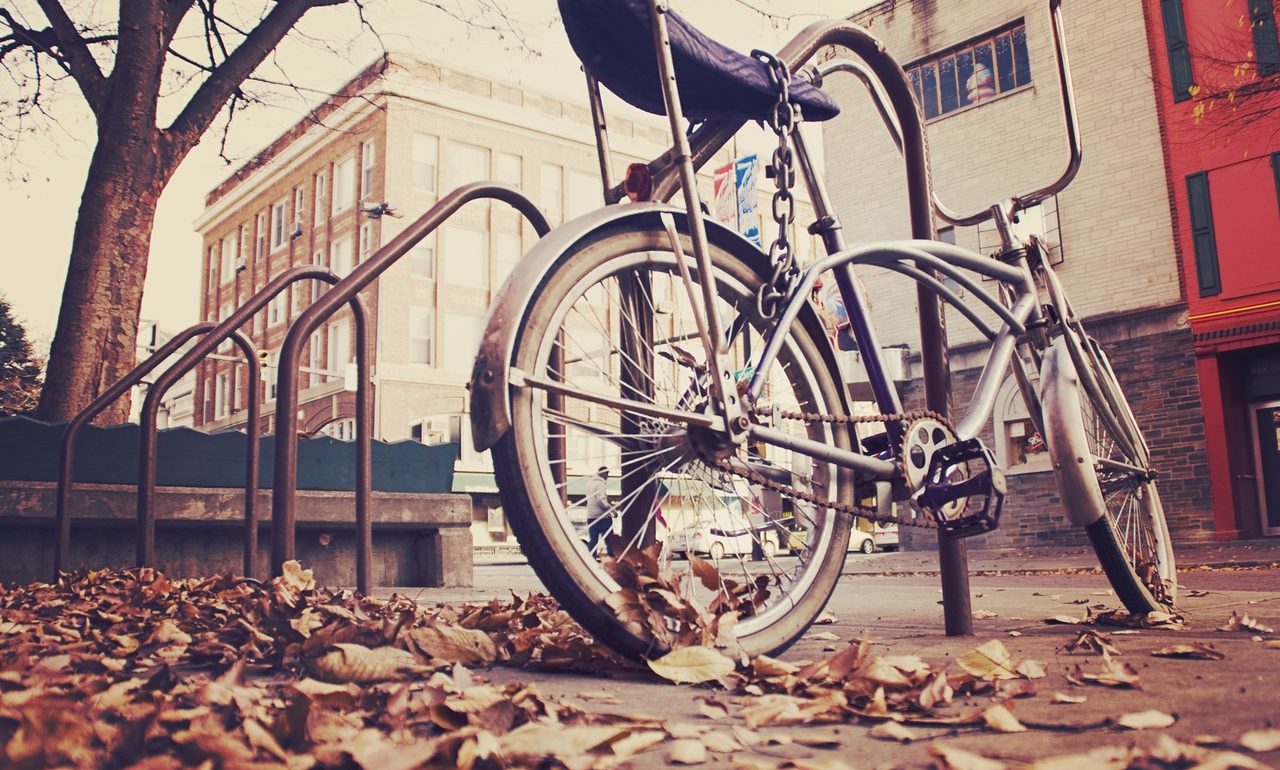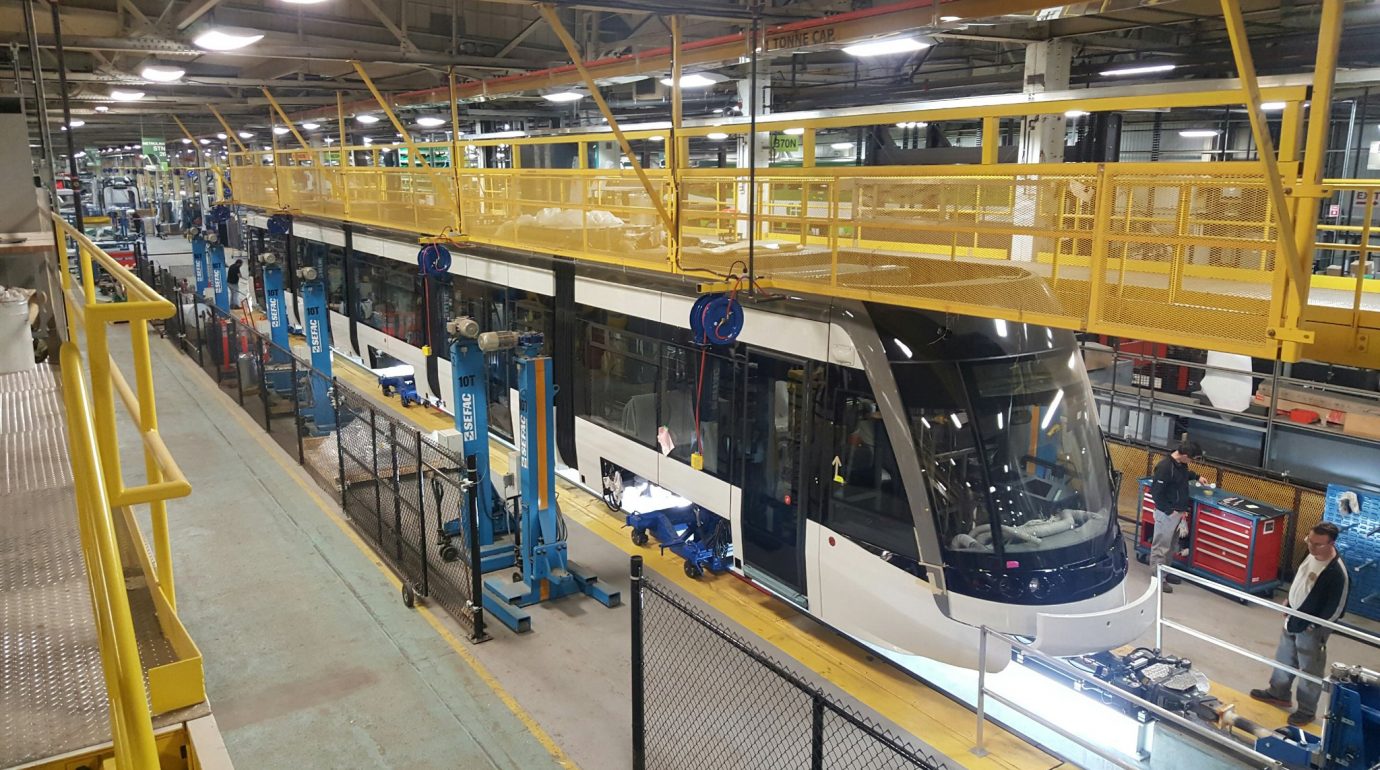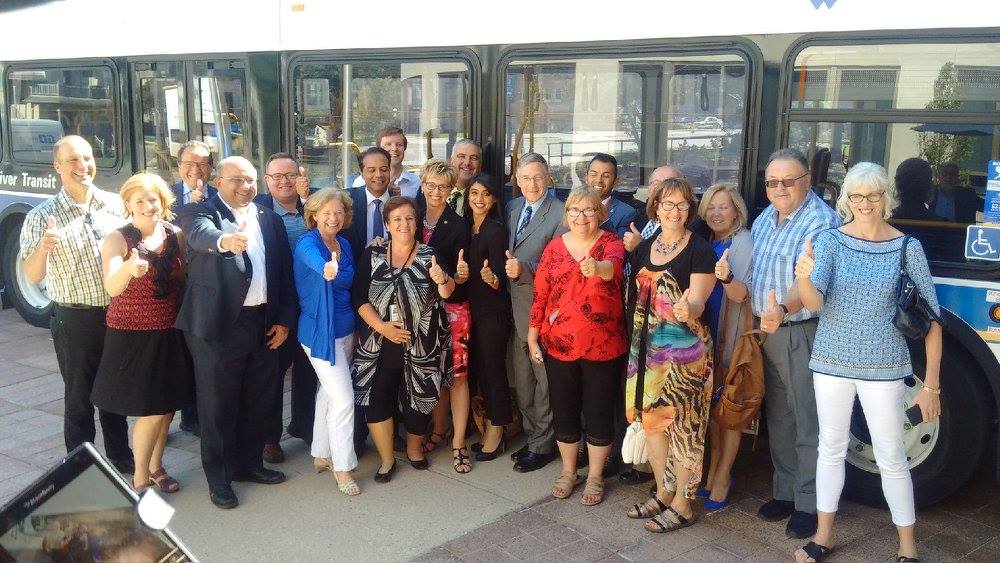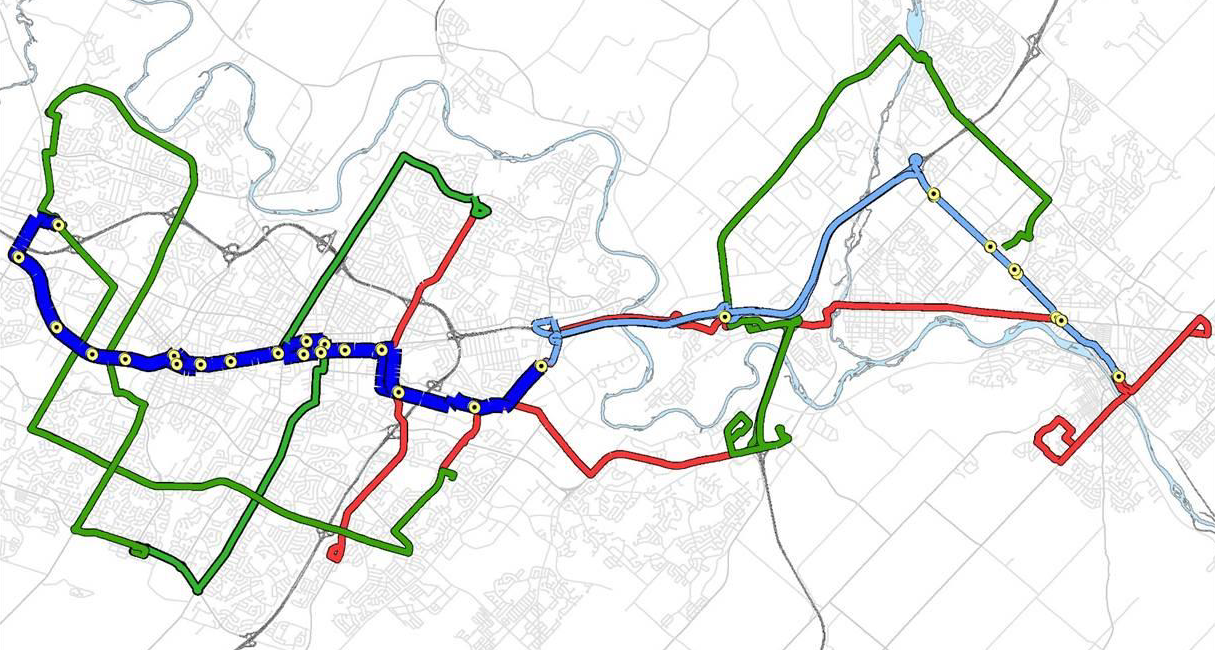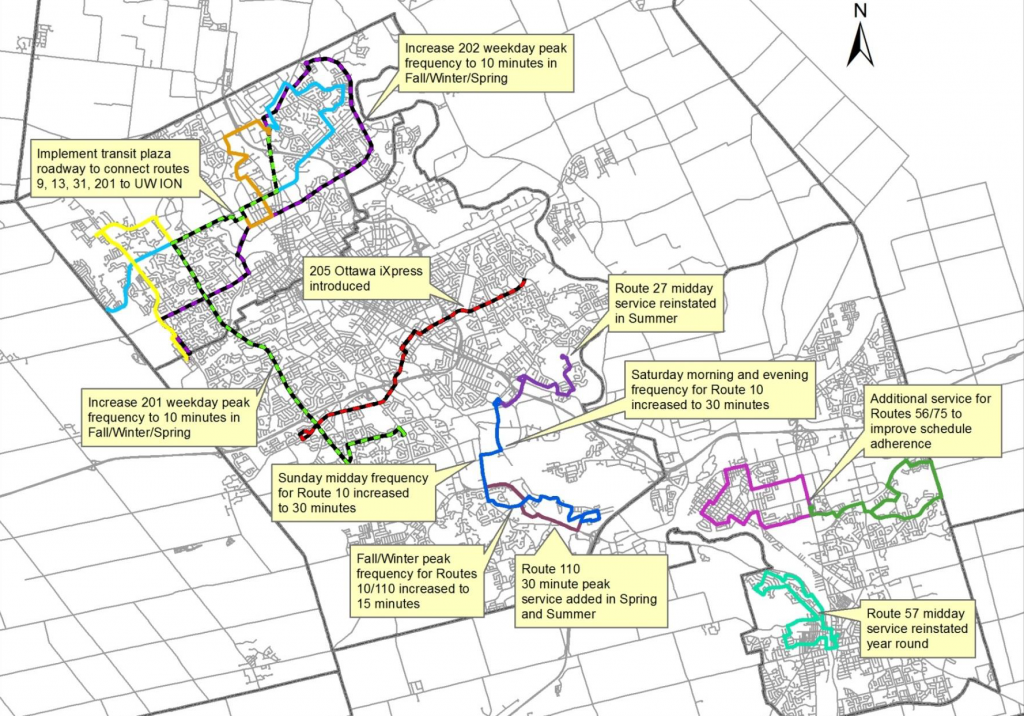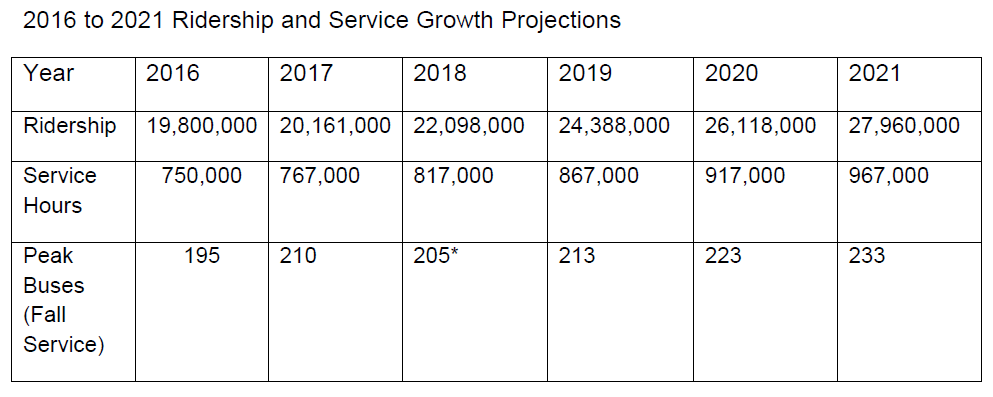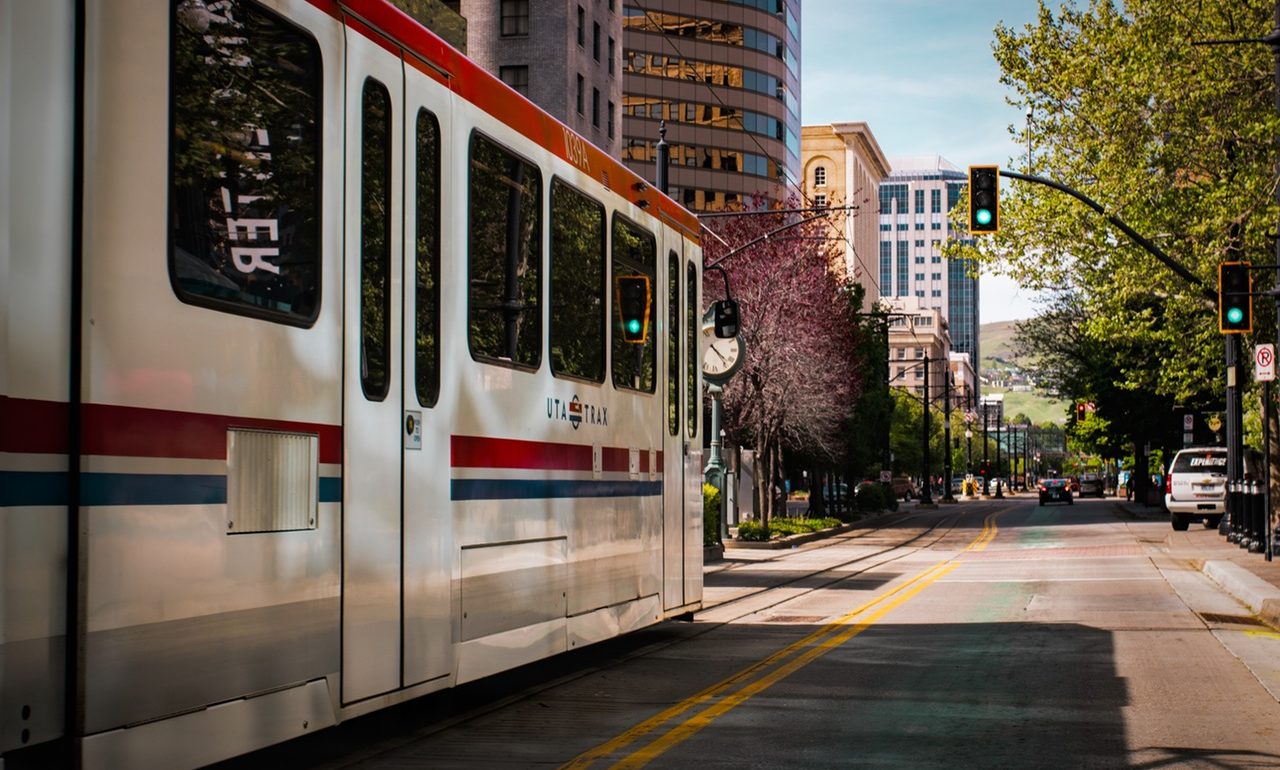In our last post, we saw that Grand River Transit’s ticket prices have been raising faster than monthly passes, leaving occasional riders to take more of the burden for cost recovery than the did 10 years ago.
But that analysis is in isolation. What decisions have other cities made, and is this the right balance?
To find that out, we can compare Waterloo Region to a selection of cities from around Canada that fall into a few major categories:
Major Cities: Toronto, Vancouver, Montreal, Ottawa, Calgary, Edmonton
Large populations, frequent service, and established rapid transit systems. We can look at these cities to see where we are going.
Minor Cities: Waterloo Region, London, Hamilton, Halifax, Winnipeg
Populations around 400-600K, growing transit networks, and many are planning or building out rapid transit. These cities are our peers, and can see how they choose to solve the same problems as us.
Suburban Cities: Brampton, Mississauga, York Region
Medium sized cities in the commuter-shed of Toronto, having to serve transit needs across multiple sparse business districts in a decentralized suburban form. These cities represent an alternate version of what we might become.
Cash & Ticket Prices

Cash and Ticket prices in municipalities across Canada
It turns out that after the last decade of aggressive increases, GRT’s ticket and cash fares are now right in the middle of the pack of these cities.
When you compare to the other Minor Cities, GRT actually has the highest individual ride prices, and is even more expensive than the larger cities of Edmonton and Montreal. Only Major Cities, including Vancouver, Toronto, and their immediate suburbs are higher. It’s a clear trend that the suburban form of York Region, Mississauga, and Brampton make transit more expensive.
Monthly Passes
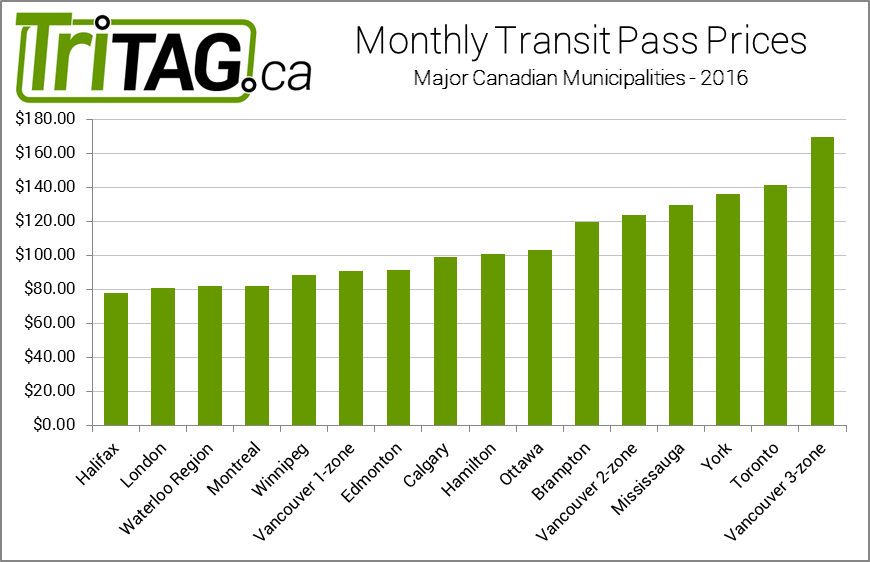
Monthly transit pass prices in various Canadian municipalities in 2016
Comparing monthly passes, the chart is dominated by incredibly pricey Toronto and Vancouver passes, with the GTA cities close behind.
At the low end of the chart, Waterloo Region is right in the middle of our peers: a bit higher than London and Halifax, but a bit lower than Winnipeg. Waterloo Region is among the lowest cost cities in all of Canada. Of note, London has not had a fare increase since 2008, meaning GRT’s monthly pass has exceeded London’s only this year.
Monthly Pass Break Even
With GRT’s middle-of-the-pack ticket prices, and a low monthly pass price, let’s see how it compares against those other cities in number of rides for a monthly pass to break even.
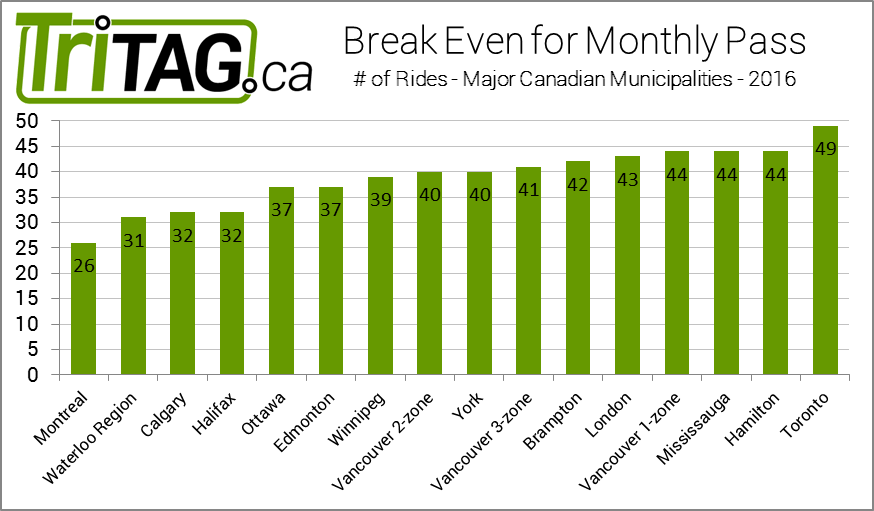
The number of bus rides for a monthly pass to be cheaper than tickets across several Canadian municipalities
As we mentioned in our
last post, over the last 10 years the GRT monthly pass has dropped from 38 to 31 rides per month to pay off the cost of the pass, making Waterloo Region second only to Montreal’s 26. At the other end of the chart, Toronto’s Metropass needs a staggering 49 rides to break even, meaning taking transit to work every day
in addition to multiple extra trips. Largely, most cities have settled around 40 rides, which is just shy of the monthly average of 42 trips someone working 5 days a week will make.
With the GRT Corporate Pass and the Federal Transit Tax Credit, the number for Waterloo Region can be brought all the way down to 23 rides, meaning for those lucky enough to be eligible, you only need to ride the bus to work and back a mere 12 days a month.
Conclusion
Sure enough, even compared to other cities, GRT’s fares are heavily aimed at value for pass owners, at the expense of single rides. Occasional riders of GRT have to pay fares almost as high as Toronto for service that is simply not comparable, while pass holders get discounts that keep fares at or below the cost of our peers.
It is laudable to encourage ridership through affordable monthly passes, but single-ride fares are the first interaction people have with a city’s transit system. If it is too steep a cost to even try the bus on occasion, then we risk losing those riders forever. If we must endure greater-than-inflation fare increases, then it is time for single-ride cash and tickets to have a break, as they are now higher than our peers, and in the league of much larger cities with more mature networks.
With electronic fares coming in the next year, new opportunities open for new fare structures that can help break down the divide between tickets and monthly passes. Stay tuned for another post elaborating on options for the fares of the future.
Read More »
